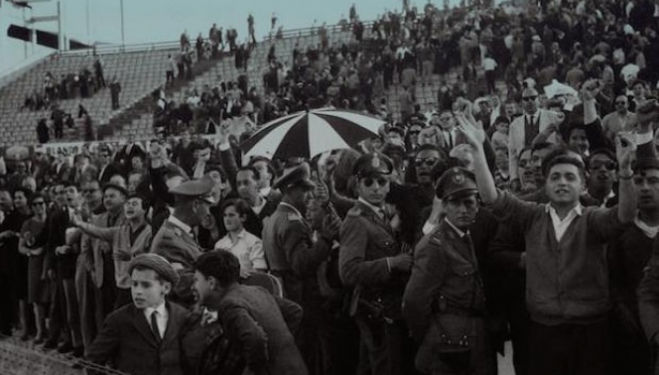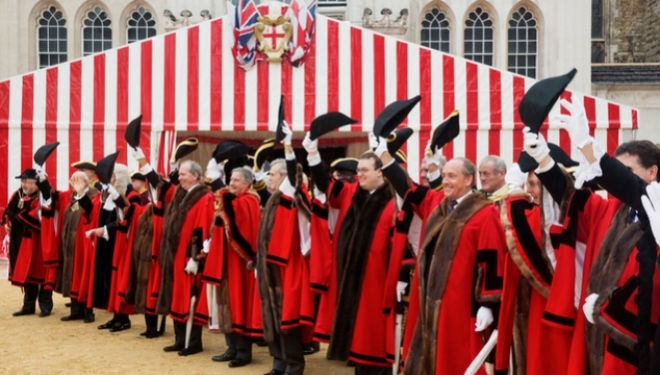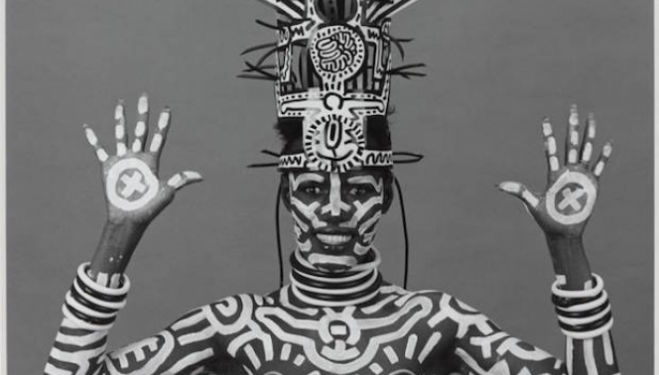
One of the reasons for this must be its impermanence. Once a performance is over, it’s over, leaving nothing behind. So how do you make a major exhibition out of it?
Over to the Tate Modern, where Performing for the Camera combines the transience of performance with the permanence of photography. The premise of this scholarly show is that a photograph is sometimes all that’s left of an ephemeral work. There are three different kinds of performance photographs, the exhibition argues. One that documents a performance, one that collaborates with a performance and one that becomes an arena within to act. A performance photograph, we're told, is much more than just a document.
If that sounds jargonny and a bit too abstruse, that’s because it is. Often with Performing for the Camera you feel like you’re walking through someone’s doctoral thesis. Some of the work on display is frighteningly humourless, too. Adrian Piper’s 1971 Food For The Spirit, is a series of murky nude self portraits made during a period of intensive study of Kant’s Critique of Pure Reason. ‘Her immersion in the life of the mind was so complete that she had to take pictures there to make sure she was still there’, the display label crows. Give us strength.
But there’s plenty of fun to be had. We suggest that you wander until something catches your eye: it’s a huge show and you won’t be able to see everything.
Don’t miss, though, the pictures of Yayoi Kusama’s New York 'happenings’, in which the artist, in delightful '70s get-up, paints her trademark dots on naked, writhing models, whilst burning a Nixon poster. Of course, Yves Klein is a constant presence and you’ll encounter his most famous works, including the unsettling Leap into the Void, alongside studies demonstrating how it was made.
We loved Aaron Siskind’s Pleasures and Terrors of Levitation series, which show silhouetted divers, mid-descent, pinned against the great white of the sky. With no water and no horizon, there is a beguiling sense of eternity to these figures, suspended out of time and of place.
Marcel Duchamp is here, in drag, photographed by Man Ray as his alter ego Rrose Sélavy ('eros, c’est la vie’.) We have Ai Weiwei smashing that Han dynasty Urn, and an impossibly cool Mapplethorpe self-portrait. There’s a whole room dedicated to Francesca Woodman, the much-worshipped photographer whose biography devastates the beauty of her spectral images.
Selfies meet scholarship in the final room, where images from Amalia Ulman’s much-feted Instagram performance Excellences and Perfections have pride of place. Over the course of five months, Ulman used her Instagram feed to portray a stereotypical social media user, who loves brunch, hashtags and plastic surgery. 90, 000 followers and a whole load of vitriol later, the artist revealed that the whole thing had been a piece of art. “It’s more than a satire,” she says, “I wanted to prove that femininity is a construction, and not something biological or inherent to any woman."
We are all, Ulman suggests, performing for the camera on a daily basis. A thought-provoking end to a theoretical yet full exhibition.
| What | Performing for the Camera review, Tate Modern |
| Where | Tate Modern, Bankside, London, SE1 9TG | MAP |
| Nearest tube | Southwark (underground) |
| When |
18 Feb 16 – 12 Jun 16, Mon - Thurs, Sun 10am - 6pm, Fri & Sat 10am - 10pm |
| Price | £Prices not yet released |
| Website | Click here for more details |
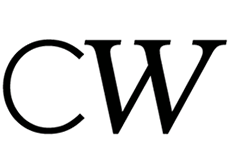
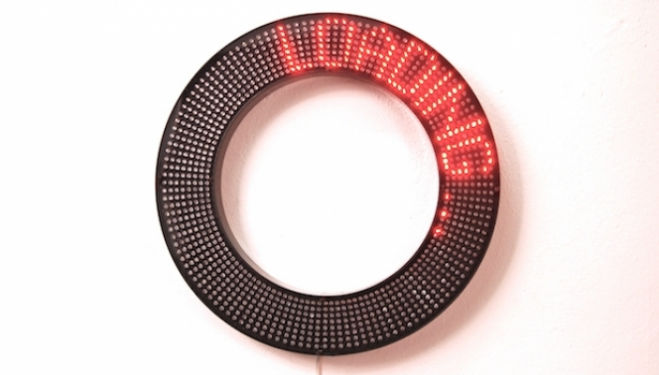
![Robert Rauschenberg, Tate Modern review [STAR:5]](/images/thumbs/cw-14179-660x375.jpg)
